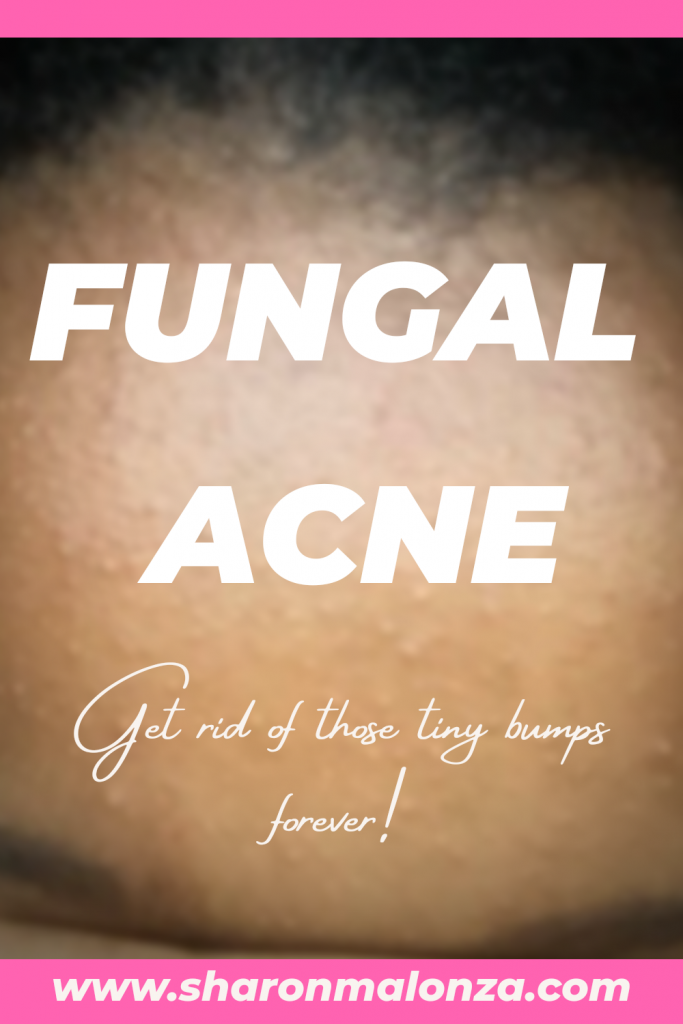
Back in early March 2020, I discovered the term ‘fungal acne’ (F.A).I even posted on my Instagram that I suspected that it what I have been suffering from on and off for the past 6 years. I’ve done a lot of research on it since then so let’s get into it.
Table of Contents
What is fungal acne?
‘Fungal acne’ is technically a misnomer. The scientific term for this condition is Malassezia folliculitis/ Pityrosporum folliculitis. It is an infection resulting from overgrowth of yeast that is normally present on our skin. It needs to be distinguished from traditional acne (acne vulgaris) which is caused by bacteria (Propionibacterium acnes)
The causative fungus is called Malassezia . It is the same species that also causes dandruff, seborrheic dermatitis and tinea versicolor. The presence of Malassezia can also worsen conditions like eczema and rosacea.
Check out the video below :
causes of fungal acne
As mentioned earlier , the yeast is actually present in our skin but it only becomes problematic when there is an overgrowth. This is often secondary to low immunity (immunocompromised state). Hence, it is an opportunistic infection.
One can be immunocompromised if:
- Taking steroids or any other immunosuppressants for a long time
- Having conditions like diabetes , HIV and immunological deficiencies and nutritional disorders/
- One is an organ or bone marrow transplant recipient
Prolonged use of antibiotics might also cause F.A by altering the gut bacteria causing its overgrowth.
Other conditions that increase risk of F.A
- F.A occurs more commonly in hot and humid environments. Especially in individuals who sweat excessively .
- Occlusive clothing and topical products such as make-up, lotion or sunscreen may also promote flares.
- Wearing sweaty workout clothes for too long or re-wearing fitness gear without washing it can create a very hospitable environment for its growth.
HOW TO IDENTIFY FUNGAL ACNE
- It occurs in clusters unlike acne vulgaris which can be in singles in different parts of the face.
- The pimples tend to be uniform in size (unlike acne pimples that can be of different sizes)
- It is often itchy.
- It can be found on other body parts like the neck, chest, back and shoulders.
- Acne medication doesn’t work ( because it is antibacterial while F.A is fungal)
The most definitive way to diagnose it is to get it tested by a dermatologist. However, the test might come back negative. This is because the sample is taken from the the stratum corneum but the yeast is usually found within the follicle which is deeper.
It often coexists with acne vulgaris which makes it even trickier to diagnose. In this case, the course of treatment will be important because you don’t want to get rid of the acne but potentially make the F.A worse. Doctors often prescribe antibiotics for acne which can cause F.A.
ingredients to avoid when you have f.a
fatty acids and most oils
Malassezia thrives on fatty acids that with carbon chain lengths 11-24. These are found in almost every product in the market.This also means that most oils are problematic because they contain fatty acids. This is also why people with oily skin have a higher risk of getting F.A.
There are only 3 oils that are F.A safe: MCT, mineral and squalane oil. That means every other oil is not safe . This includes coconut oil which has some anti-fungal properties. Almost 50% of coconut oil is composed of lauric acid which one of Malassezia’s favorites.
Esters
These are a combination of a fatty acid and alcohol or glycerol. You can easily find them in your skincare products because they end in -ATE. For example, isopropyl palmitate. This also includes polysorbates.
Yeast ferments
Specifically galactomyces . Galactomyces activates a particular enzyme that increases the activity of Malassezia.
This is not an exhaustive list of potential triggers but these are the main ones.
HOW TO TREAT F.A
Use F.A SAFE PRODUCTS
The first step is to check if your products are FA safe and replace them if need be. Thankfully there are websites built to do this for you. Simply copy and paste the ingredients and they do the rest.
These are:
TOPICAL OR ORAL ANTIFUNGALS
The popular first line of treatment at home is to purchase a medicated anti-dandruff shampoo that contains ketoconazole ( an antifungal) .
Use that on the areas with the FA as a mask for about 10 minutes then wash it off. This is done twice weekly over the span of 4 weeks then once weekly thereafter to prevent relapse.
The popular brand is Nizoral (2% ketoconazole ) which you can find at any pharmacy .
Oral antifungals are prescribed by doctors if need be.
SELENIUM SULFIDE
This is another anti-fungal agent. It is used to treat dandruff, seborrhea and tinea versicolor. It is found in some anti-dandruff shampoos like Selsun Blue and Head and Shoulders.
When used for skin infection. it is applied once a day for 7 days as a 10 minute rinse-off mask.
Both this and the ketoconazole shampoo can be drying and irritating. Always make sure to rinse it all off and don’t leave it on longer than you need to.
Sulfur
Sulfur is a powerful ingredient which is why it is often found in hair and skincare products.
It is a
- keratolytic: breaks down the outer layers of the skin .
- Antifungal
- Antibacterial
- Parasitytic .
Using a topical sulfur ointment has been found to help with FA with less drying and irritation compared to antifungal shampoo.
The popular brand is the De La Cruz ointment available on Amazon. In Kenya, you should find it easily at any pharmacy.
The most common way it is used is as a 10 minute rinse off mask a couple of nights a week.
Since it is also antibacterial, it can keep both F.A and acne at bay.
Zinc pyrithione
This ingredient is quite amazing . It is both antibacterial and antifungal so it’s great for both the burden for acne vulgaris and fungal conditions .
When applied topically , it’s actually able to stay on the skin and release its actions in a slow release . It can go into the follicle where the fungus resides and kill it .
However , unlike other treatments, it is not harsh on the skin. It is able to starve the fungi of it’s necessary conditions to thrive .
It is found in some anti dandruff shampoos like Keto Plus Shampoo. Both are available at most pharmacies.
The great thing about this is the fungi does not develop resistance to it . So as long as you use this ingredient , it will get rid of the fungal acne.
Other preventive measures
- Get out of sweaty clothes right after working out .
- Wear breathable natural fabrics.
- Some people have found that high sugar intake in their diet causes flares of FA so a low sugar diet can help.
- Some people might need to use FA safe hair products as well .
references
- Rubenstein RM, Malerich SA. Malassezia (pityrosporum) folliculitis. J Clin Aesthet Dermatol. 2014;7(3):37-41.
- https://www.ncbi.nlm.nih.gov/pmc/articles/PMC3970831/
- https://www.mdacne.com/article/fungal-acne-causes-and-treatments-according-to-dermatologists
- https://www.google.com/amp/s/zula.sg/fungal-acne/amp
- https://www.google.com/amp/s/www.self.com/story/fungal-acne-how-to-treat-it/amp
- https://simpleskincarescience.com/pityrosporum-folliculitis-treatment-malassezia-cure/
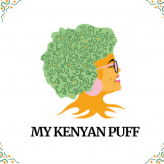
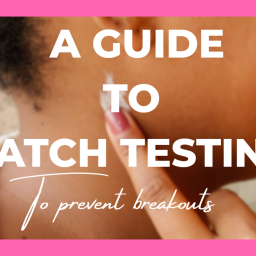
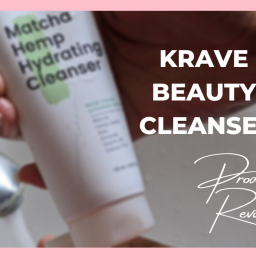
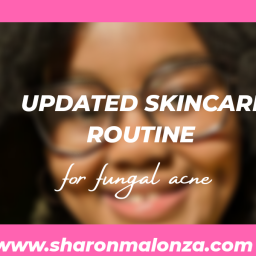
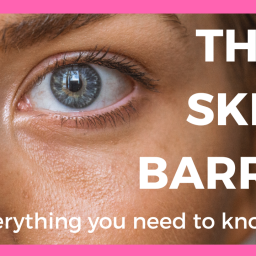
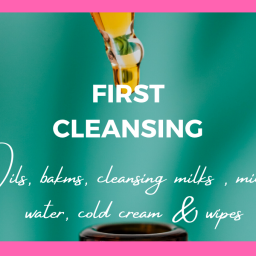
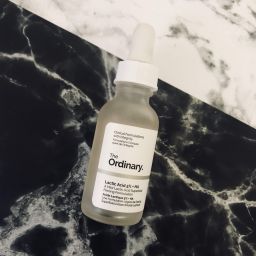
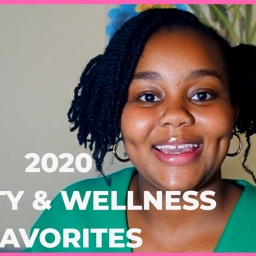
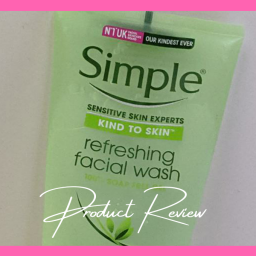
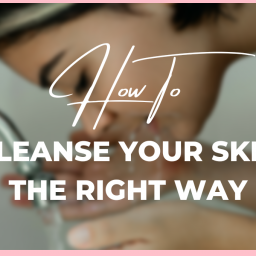
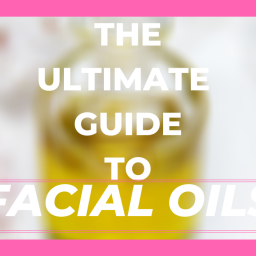
simply and beautifully described all the aspects and causes of fungal acne issue and also give authentic solutions and recommended products by an expert regarding all these problems. I have also written an article on Best Fungal Acne Safe Micellar Water you can read it https://kasinblog.com/best-fungal-acne-safe-micellar-water will also help you regarding fungal acne problems